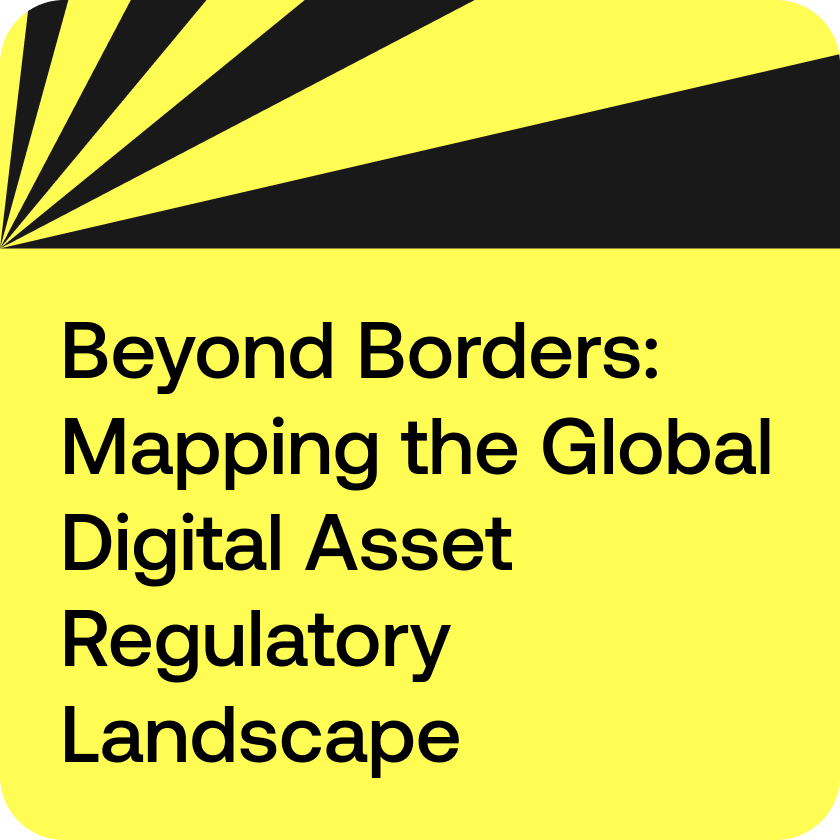Virtual asset service providers (VASPs) are looking for effective cryptocurrency compliance solutions as new regulations are introduced globally to combat illicit activity on the blockchain. What solutions are available to them?

With the exposure of traditional banks and financial institutions to crypto-assets and all the risks involved, as well as the continued advice from governmental authorities to banks to integrate a crypto risk management system, what are the solutions available?
In order to align with current regulatory standards, banks and financial institutions entering the digital asset space, whether as direct or indirect service providers, must comply with Anti-Money Laundering and Know Your Transaction, or KYT, compliance — as part of broader Know Your Customer processes. To do so, they need to be able to effectively monitor the risks associated with blockchain transactions. Without in-house setups to cater to this, how are banks solving this problem? What solutions can they use to meet due diligence standards?
As of 2020, banks have varied levels of exposure to cryptocurrencies, but most are exposed in some way. Right now, there are two categories of banks exposed to cryptocurrencies:
- Indirect contact: These are banks that do not deal directly with cryptocurrencies but allow Virtual Asset Service Providers to have accounts. These service providers need to make sure that the funds coming into their bank accounts are “clean” and are not connected to any suspicious activity before being transferred from digital assets to fiat.
- Direct contact: These might be crypto banks, trust funds, or financial institutions that have direct contact with cryptocurrencies — for example, as custodians of digital assets for their customers. In the United States and Germany, it is now legal for banks to have a digital asset custodial license, and for financial services like these, there is an added level of due diligence, transaction monitoring, and risk profiling needed.
According to the Basel Committee on Banking Supervision, the primary global standard-setter for the prudential regulation of banks, “a bank’s risk management framework for crypto-assets should be fully integrated into the overall risk management processes, including those related to anti-money laundering […] and heightened fraud monitoring.” The committee also advises timely updates on risk profiling and risk assessments for banks with crypto-asset exposure.
Traditional bank and financial institution compliance procedures (for fiat) are made up of the following stages:
- Know Your Customer.
- Anti-Money Laundering.
- Case management solution.
Banks need to figure out a way to incorporate crypto transaction monitoring and risk profiling within their procedures. With the availability of multiple crypto software solutions, it is now possible to integrate all three stages into an all-in-one tool that covers KYT (as part of KYC compliance procedures), AML, and case management solutions for digital assets.
How do cryptocurrency AML compliance software solutions work?
Crypto compliance platforms work as automated risk profilers that score blockchain entity interactions as well as observe potential connections with other entities. The software relies on algorithms and behavioral patterns, as well as historical factors, to create risk profiles.
One of the main benefits of these solutions is that the bank, depending on whether it is dealing directly or indirectly with cryptocurrencies, can configure its monitoring systems to suit. This same principle also applies to other service providers like crypto exchanges. Once the client has configured its risk parameters, it can then put alert systems in place.
Because all transactions are monitored by the system automatically, in real-time and 24/7, the added manual work usually needed to understand the origin of funds is minimized significantly. A lot of the usual onboarding and training time is also minimized. Because banks are no longer only monitoring the usual fiat-to-fiat transactions, as they now also look at crypto-to-fiat and fiat-to-crypto transactions, they’ll need to work through the blockchain tech the transactions are built on.
One of the questions, however, for banks and financial institutions — which must prioritize data confidentiality and security, especially considering the Financial Action Task Force’s Travel Rule — is how to ensure data security with third-party compliance software. One potential solution is through hosted dedicated servers where all the data is kept in-house on the bank’s own company server infrastructure.
Regulation for blockchain technology and digital assets is developing at an increasing pace, and crypto compliance software development needs to keep up with these changes. The advantage of this technology — in comparison with traditional or paper procedures, for example — is that it is highly adaptable to ever-changing dynamics. However, it will only be through active use by banks and financial institutions that we will fully understand the benefits and pain points of the technologies that are in development right now. As with any advancements, testing will be key to improvement.
One option for a crypto compliance software solution is Crystal Blockchain, an analytics platform that provides secure and automated transaction and fund-flow monitoring for banks and financial institutions, and is consistently updated to meet FATF and 5AMLD requirements.
See the original article.




